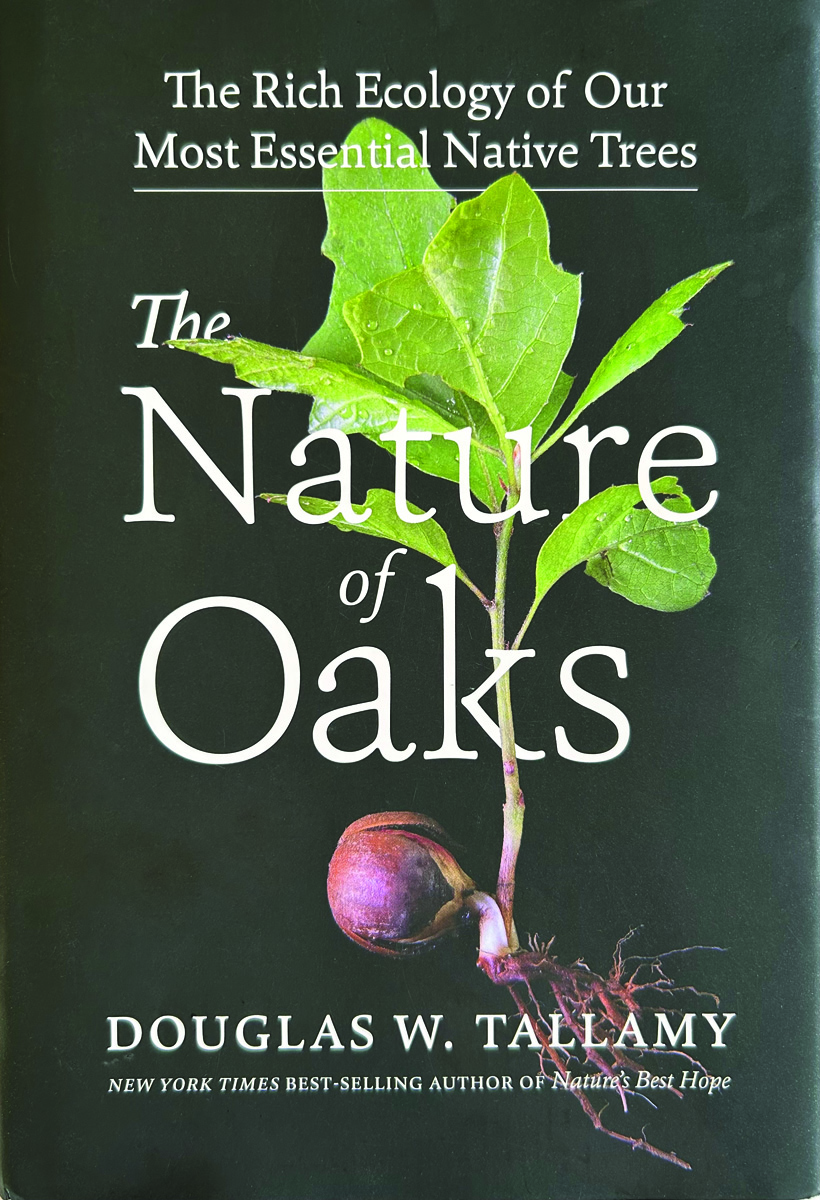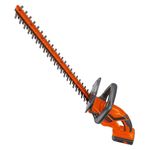
Benjamin Vogt shared these images of his beautiful and unusual garden in Lincoln, Nebraska. His comments are below.

On a 1/4 acre lot, only a few hundred feet of lawn remain. The rest is mostly low-maintenance native plant beds in designed plant communities that mimic nearby prairies.

While most beds simply require a mowing down or sheering with a hedge trimmer in spring, the real work is in fall, when I add more and more flowers. That’s my struggle—not having enough flowers among the beds, especially as grasses reproduce and do what they do best (smother the ground and create a living mulch, as in wild prairies). If I could burn within city limits, perhaps I could encourage more flower seeds to germinate.

I have been reported by neighbors for my wilder aesthetic, but the county weed superintendent passed me upon inspection, noting that with climate change, this is how more and more lots will have to be landscaped as water becomes less abundant here in Nebraska. Click here to learn more about designing with grasses.

Autumn is my favorite time of year, as the grasses and perennial forms all change to colors of the rainbow, some more striking than the leaves on shrubs or trees. And there’s still plenty of wildlife about, taking cover or bedding down for winter in the beds that stay standing for them until late March or early April.

The garden has a diverse group of plants, including pale purple coneflower (Echinacea pallida, Zones 3–10), rattlesnake master (Eryngium yuccifolium, Zones 3–8), aromatic aster (Symphyotrichum oblongifolium, Zones 3–8), little bluestem (Schizachyrium scoparium, Zones 3–9), sideoats grama (Bouteloua curtipendula, Zones 3–9), plains oval sedge (Carex brevior, Zones 3–8), meadow blazing star (Liatris ligulistylis, Zones 3–6), stiff goldenrod (Solidago ridida, Zones 3–9), prairie alumroot (Heuchera richardsonii, Zones 3–8), and purple prairie clover (Dalea purpurea, Zones 3–8).
Have a garden you’d like to share?
Have photos to share? We’d love to see your garden, a particular collection of plants you love, or a wonderful garden you had the chance to visit!
To submit, send 5-10 photos to [email protected] along with some information about the plants in the pictures and where you took the photos. We’d love to hear where you are located, how long you’ve been gardening, successes you are proud of, failures you learned from, hopes for the future, favorite plants, or funny stories from your garden.
If you want to send photos in separate emails to the GPOD email box that is just fine.
Have a mobile phone? Tag your photos on Facebook, Instagram or Twitter with #FineGardening!
You don’t have to be a professional garden photographer – check out our garden photography tips!
Do you receive the GPOD by email yet? Sign up here.
Fine Gardening Recommended Products

The Nature of Oaks: The Rich Ecology of Our Most Essential Native Trees
Fine Gardening receives a commission for items purchased through links on this site, including Amazon Associates and other affiliate advertising programs.

Black and Decker 22-inch Cordless Hedge Trimmer
Fine Gardening receives a commission for items purchased through links on this site, including Amazon Associates and other affiliate advertising programs.

Planting in a Post-Wild World: Designing Plant Communities for Resilient Landscapes
Fine Gardening receives a commission for items purchased through links on this site, including Amazon Associates and other affiliate advertising programs.


















Comments
Do zinnias grow well in your area? They are one of the non-natives I like to grow because they don't require much in the way of watering, keep blooming in the heat and the tall types work in a wilder setting. the other annual flower I like that self-seeds is Verbena Bonariensis because it is a butterfly magnet and has airy stiff stems. Have you tried it? One thing I've tried that worked was sinking a bottomless plastic flowerpot or tub into the ground and seeding on top of the soil in it. That worked with some annuals I was trying to grow inside clumps of other flowers. Like a corral for the seeds which would't wash away during the winter. It is great seeing more folks attempting a wild garden. Keep on keeping on!
I've not tried these plants simply because I now garden exclusively with native plants to eastern Nebraska. I want to make sure that not only are the bloom times in sync with local wildlife, like specialist bees, but also that I'm feeding both adult insects AND larvae while reviving the natural wild community. I do use two native Verbena species, however, stricta and hastata.
Your natural garden is so lovely, brave of you in a subdivision. I’m sorry neighbors complained, a bit of a nerve really since it appears that they have not created gardens of any kind, just water intensive lawns! Well done you have created beautiful oasis retreat.
Terrific snapshot of the challenges gardeners face with the onset of climate change. I think what you have done here with all the grasses is both clever and inspirational. I bet some of your neighbors will follow your example as they watch your garden grow. Well done. I am working to do the same with my lawn in Virginia.
Let's hear it for the forward thinkers willing to risk the negativity of neighbours. I know it takes a bit of courage and a lot of commitment to change up a front garden in start contrast to others. Some in my neighbourhood have embraced the 'no front lawn' due to grubs and the resulting skunk digging damage, but few have committed entirely to native plants. A prairie grass option is even a bigger controversy, in my opinion. Congrats on leading the pack....even if the rest don't know the need to follow - yet.
The mellow gentle colors of your kind of fall garden are very conducive to self reflection and appreciation for the true cycles of nature. I couldn't help but want to revisit your previous submissions and I re-enjoyed those cyber tours as well.
I liked the plants and technique suggestions that grannieannie1 made to get more flowers to grow in amongst the more vigorous grasses.
Are the trees in the back of your home? How large is that area?
I have a 1/4 acre lot. The back line is city limits and behind our small acreages. I have about 10 trees I've plants on our lot, though.
I'm reading your new book "A New Garden Ethic: Cultivating Defiant Compassion for an Uncertain Future" and it's certainly giving me pause for thought. I'm looking forward to hearing you speak at the Allen Centennial Gardens spring symposium.
I'm looking forward to it, too! Yes, that book is certainly all about giving pause. ;)
I join the others in congratulating you on your boldness in design in a suburban area. We live in a more rural area and are converting the power line easement into a sort of prairie (zone 6). I've found that grey headed cone flower and white crownbeard are very much able to hold their own among the grasses, and have also had good luck, so far, with aesclepias tuberosa, which has a long tap root. Wild rudbeckias also seem to have 'sharp elbows' and can stake out their area quickly - they don't seem to be perennial, but seed out really well. Good luck with your additional efforts for flowering.
You make a good point. Many of us don't think about what the roots are doing and how that can create competition or community that influences top growth. Using a taprooted plant (milkweed) among fibrous grasses (little bluestem) means neither are fighting for the same resources underground. And planting aggressive species with aggressive species may help them hold each other in check more.
Looks great! I bet once your neighbors notice all the birds, bees and butterflies you get, some of them will want to abandon the grass monoculture. You could also probably get a National Wildlife backyard habitat sign, that might help. Do you find that you have forbs coming up or things in the soil seed bank that you didn't plant?
No, not really. This was a new home on stampeded tractor soil. the biggest challenge in the back meadow in year one was foxtail, but I kept on it and it has almost vanished (didn't let it seed).
Also, borrowing a few goats or sheep might be easier to swing than a controlled burn--that's what they do a lot in Southern California.
Wonderful! I am currently planning a "meadow" area in the back of our property. I have always considered grass lawns to be a waste of time, water, energy... My goal is to eventually have most of our property as garden beds - perennials and shrubs that need little attention yet yield beautiful benefits. Thank you for these photos and inspiration!
"I have been reported by neighbors..."
Good grief. Look at the exciting garden vistas provided by these vigilant neighbors. This kind of stupidity just sickens me.
We are doomed.
(But thanks Mr Vogt for your enlightened "A New Garden Ethic.")
Log in or create an account to post a comment.
Sign up Log in